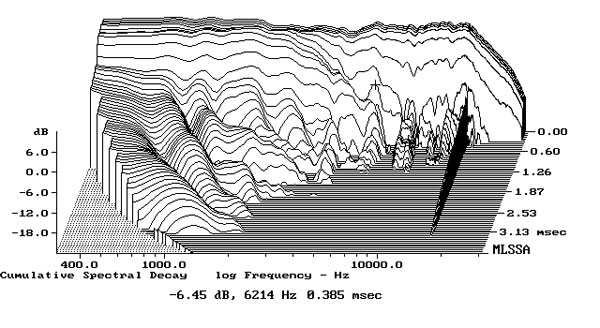- Joined
- Mar 3, 2018
- Messages
- 48
- Likes
- 148
Amir,
Thanks for the measurements. As expected, the directivity mismatch in this 2 way is most clearly exhibited by the mushroom cloud in the horizontal polar plot. Another way to look at it is to see the lateral off axis curves in the Stereophile review. They are awful. The speaker was designed pretty much with an eye on the direct axis (0 degree) to be as flat as possible but unfortunately that’s not good enough.
The early reflections DI and Soundpower DI support this as well.
Almost all 2 ways have a hole in the vertical off axis response and this one is no different. It’s not that big of a deal. Like Amir says, use absorption on the ceiling and most fellas can put a rug on the floor.
All in all, a rather expensive speaker given the sum of its parts.
And yes, I’ve listened to the top of the line Harbeth 40.2’s. My verdict? Pass.
Best,
Anand.
Thanks for the measurements. As expected, the directivity mismatch in this 2 way is most clearly exhibited by the mushroom cloud in the horizontal polar plot. Another way to look at it is to see the lateral off axis curves in the Stereophile review. They are awful. The speaker was designed pretty much with an eye on the direct axis (0 degree) to be as flat as possible but unfortunately that’s not good enough.
The early reflections DI and Soundpower DI support this as well.
Almost all 2 ways have a hole in the vertical off axis response and this one is no different. It’s not that big of a deal. Like Amir says, use absorption on the ceiling and most fellas can put a rug on the floor.
All in all, a rather expensive speaker given the sum of its parts.
And yes, I’ve listened to the top of the line Harbeth 40.2’s. My verdict? Pass.
Best,
Anand.

